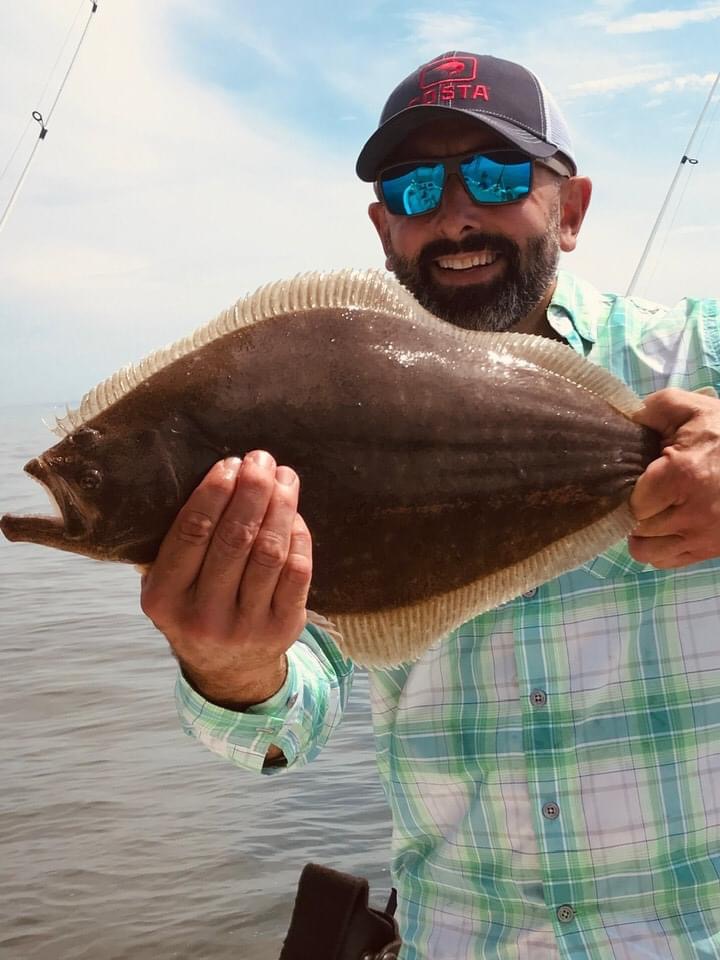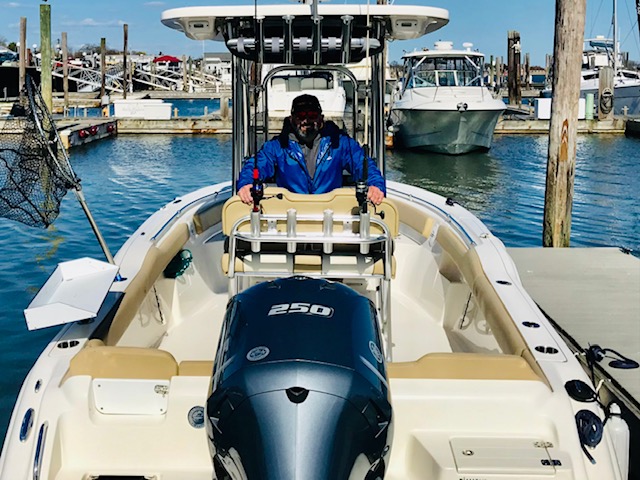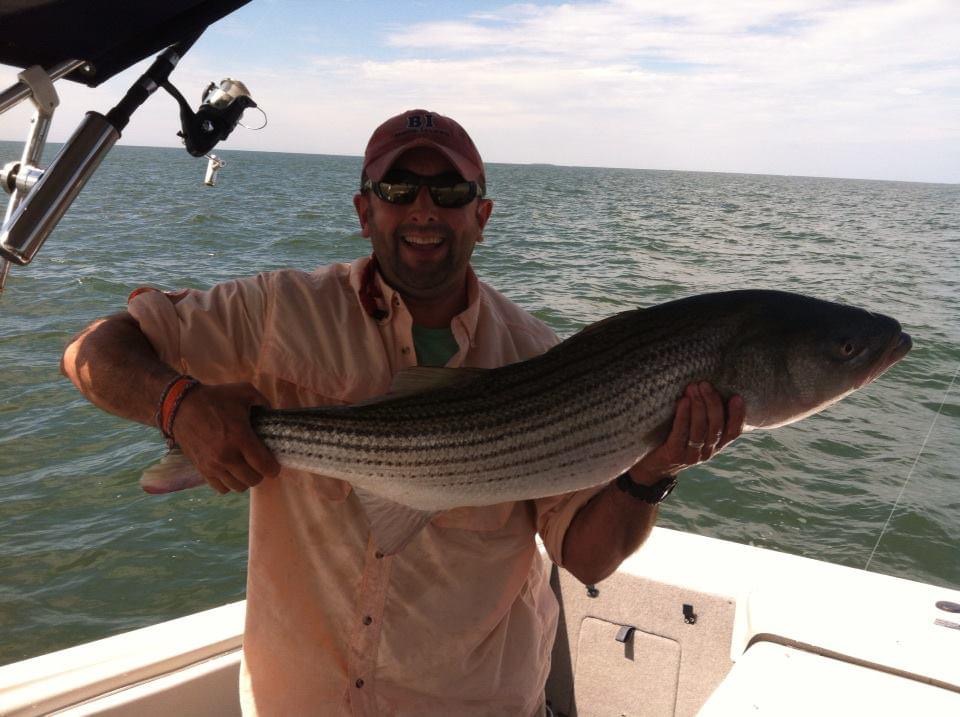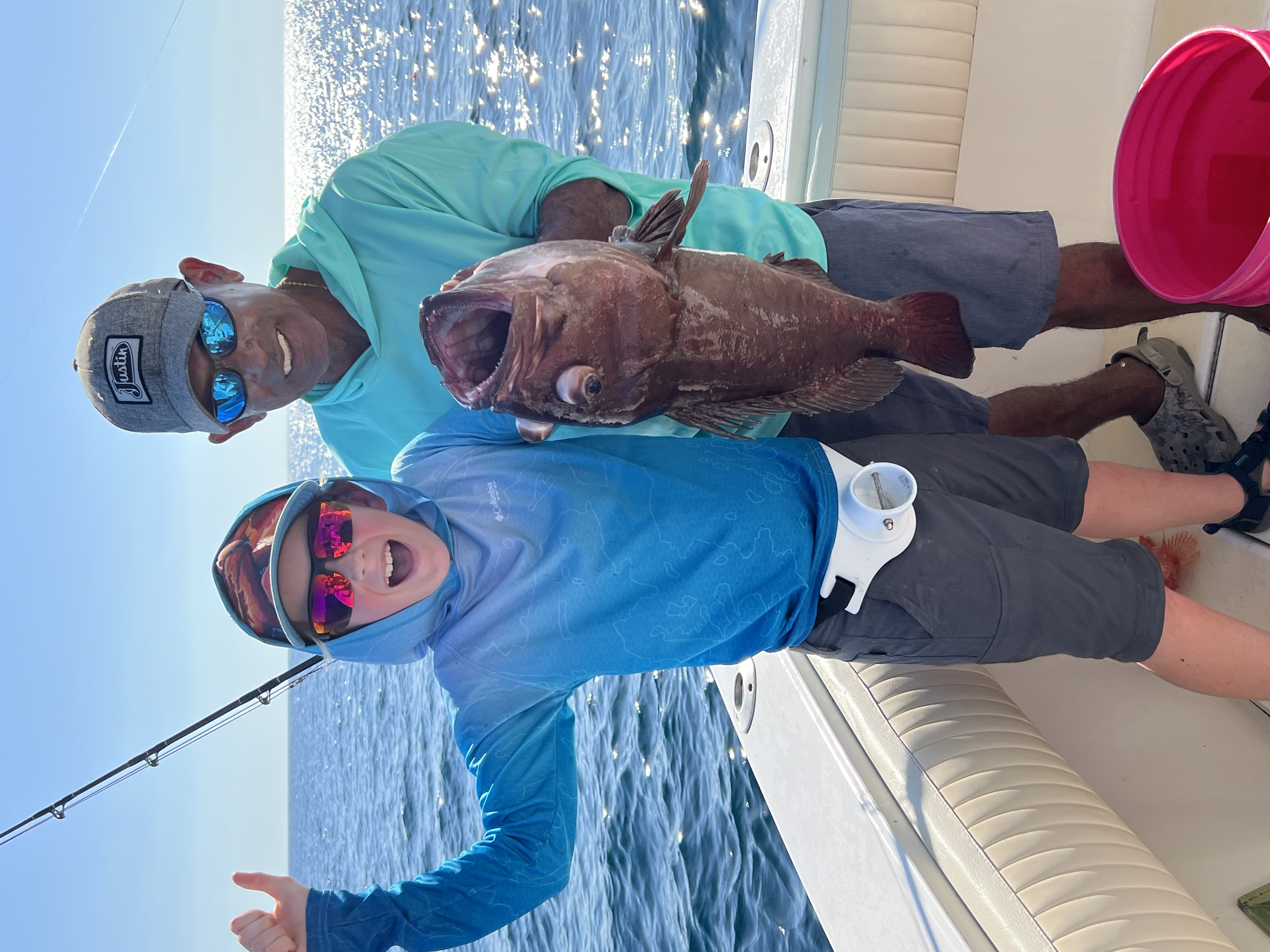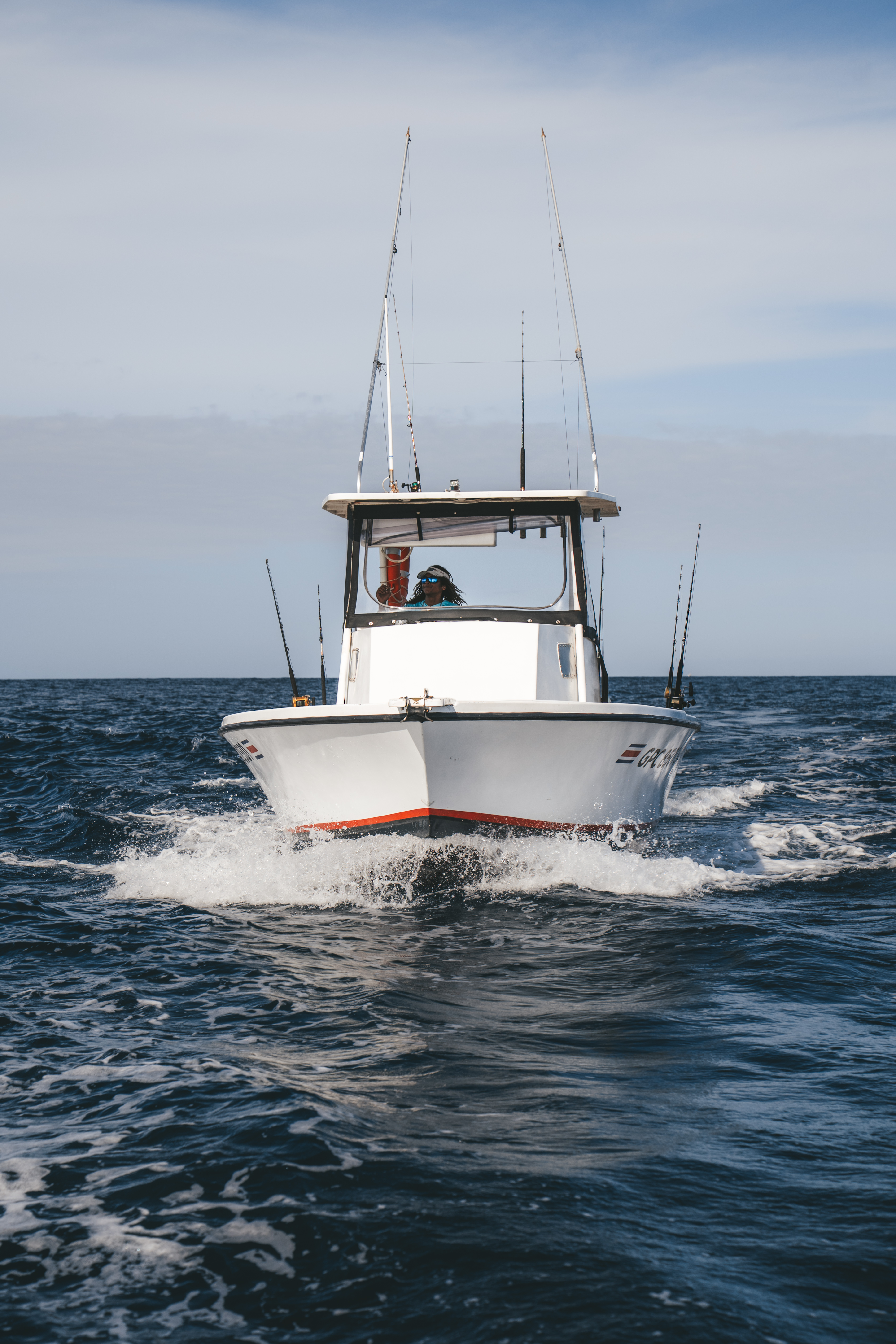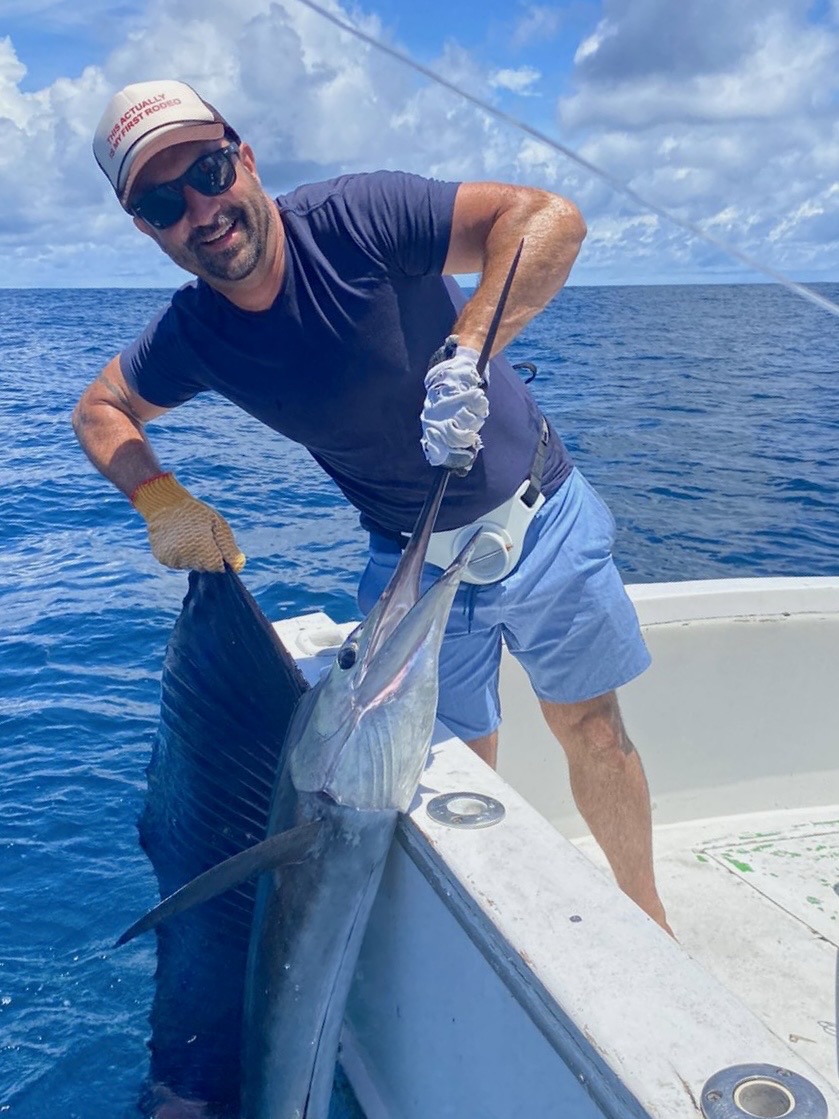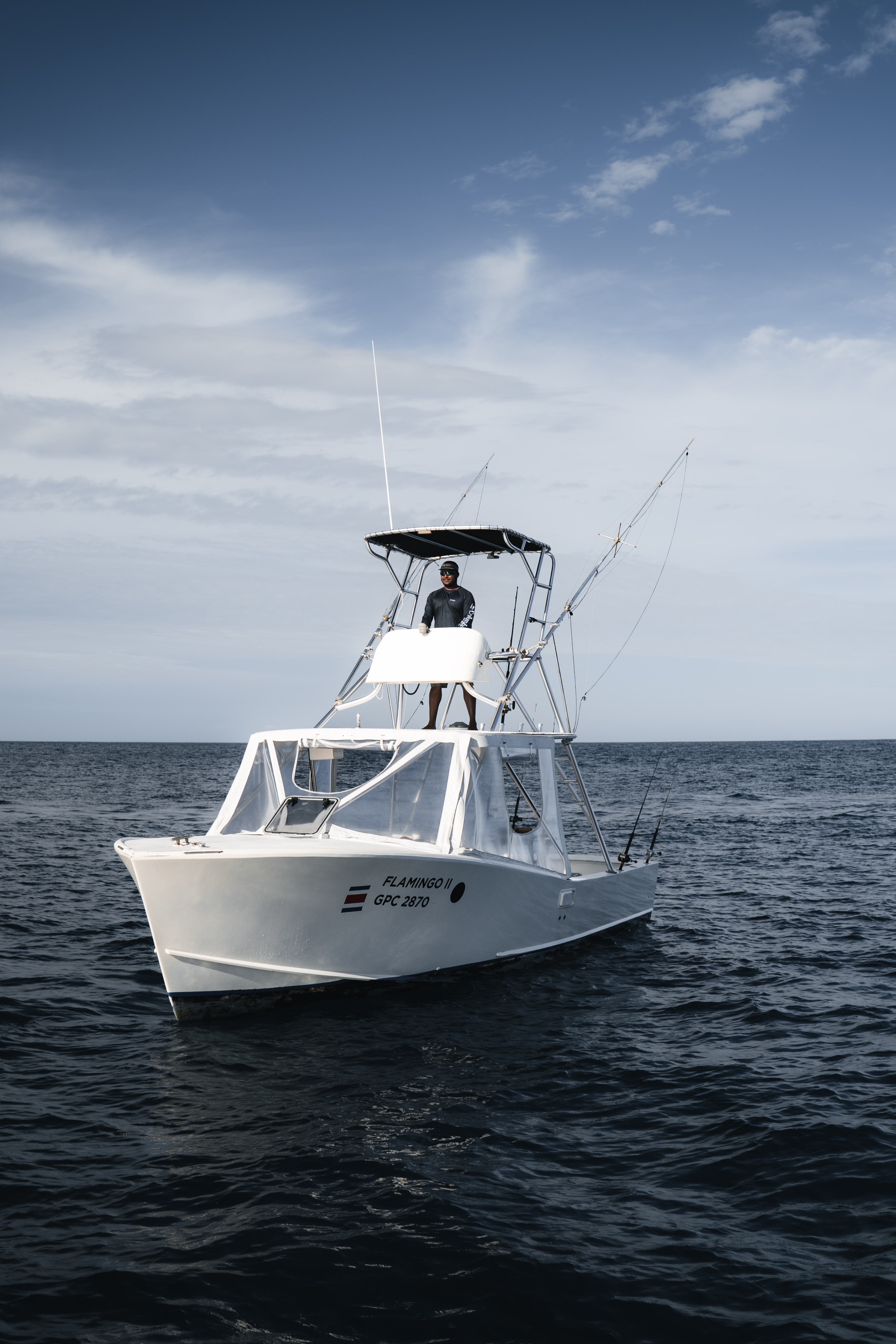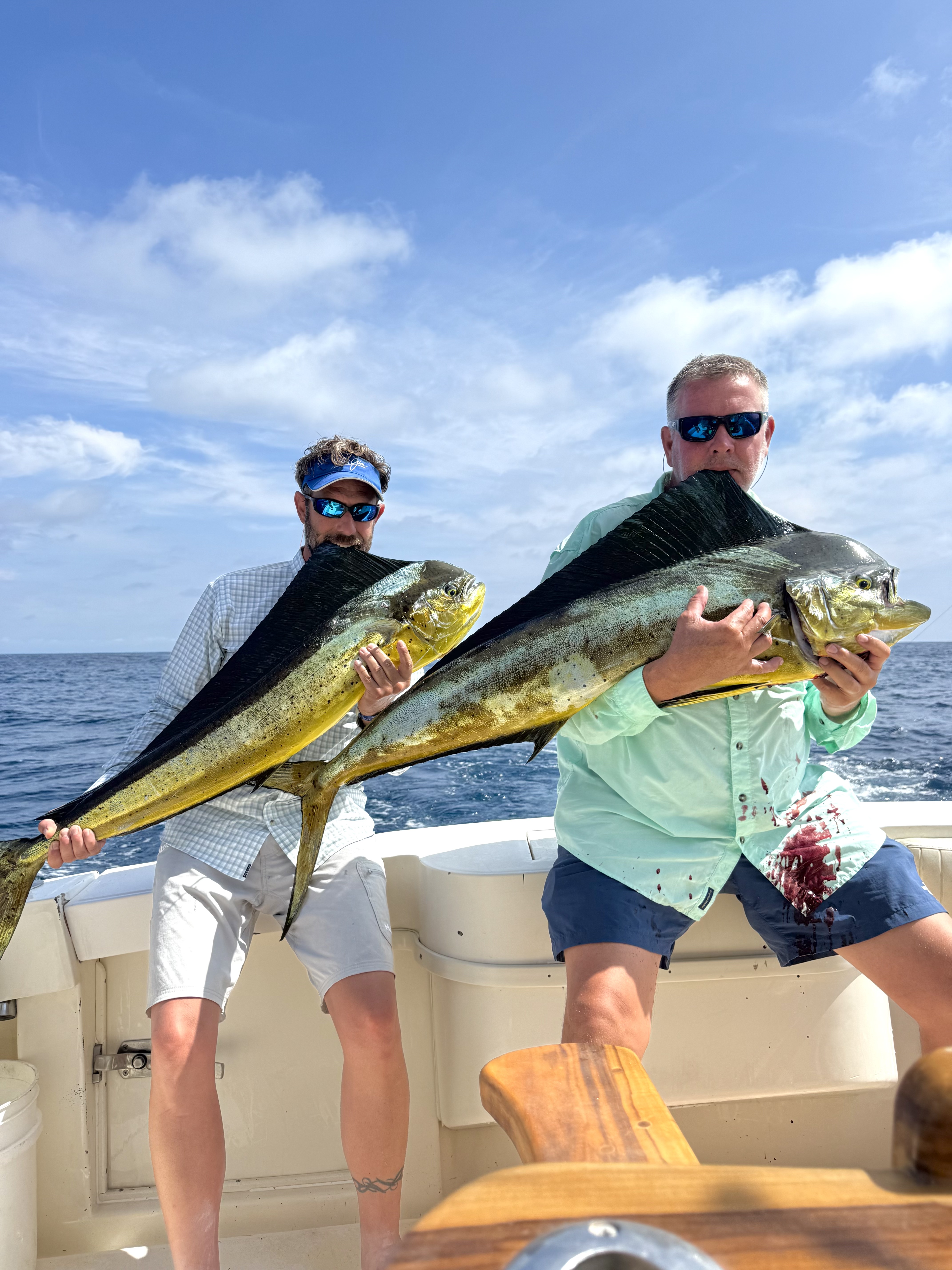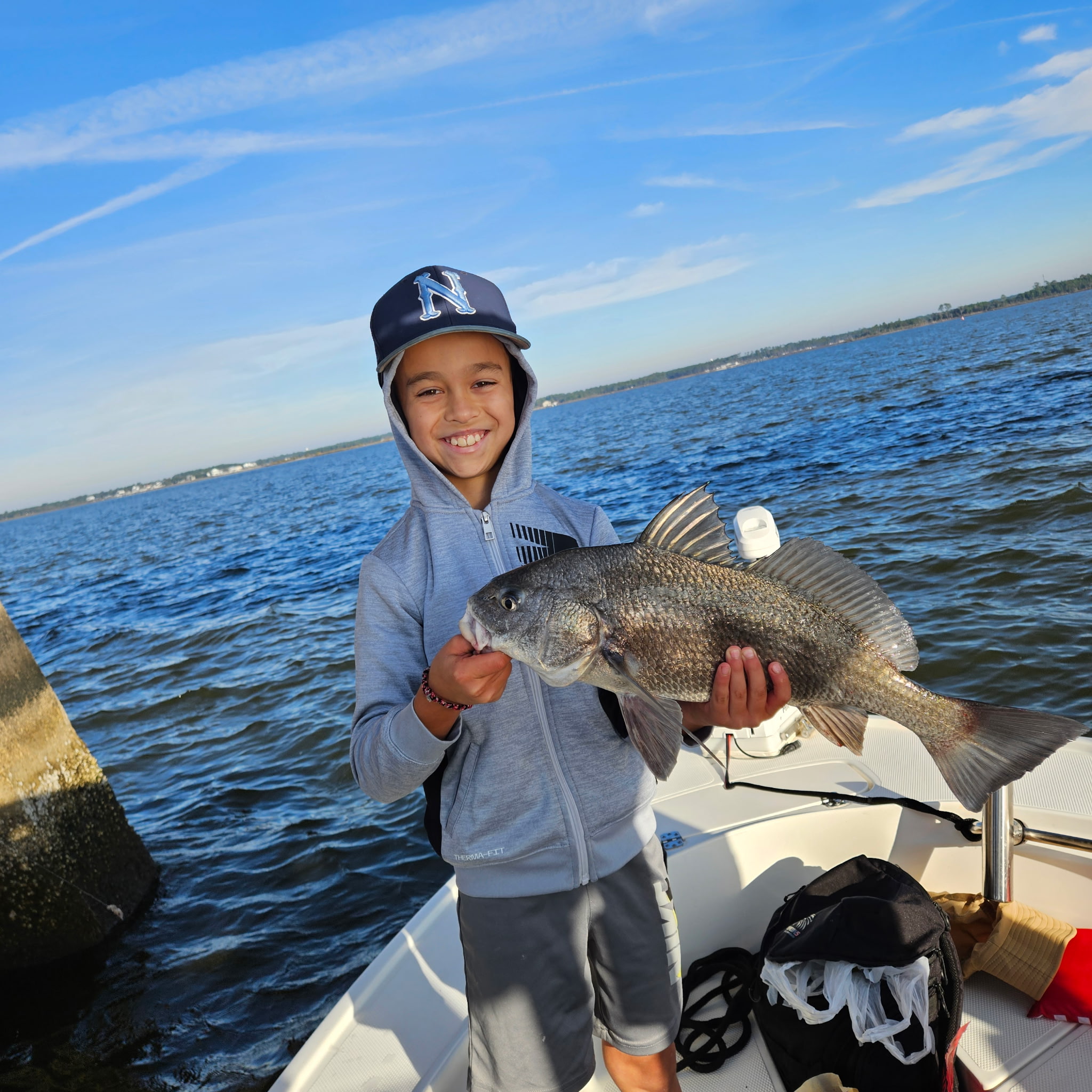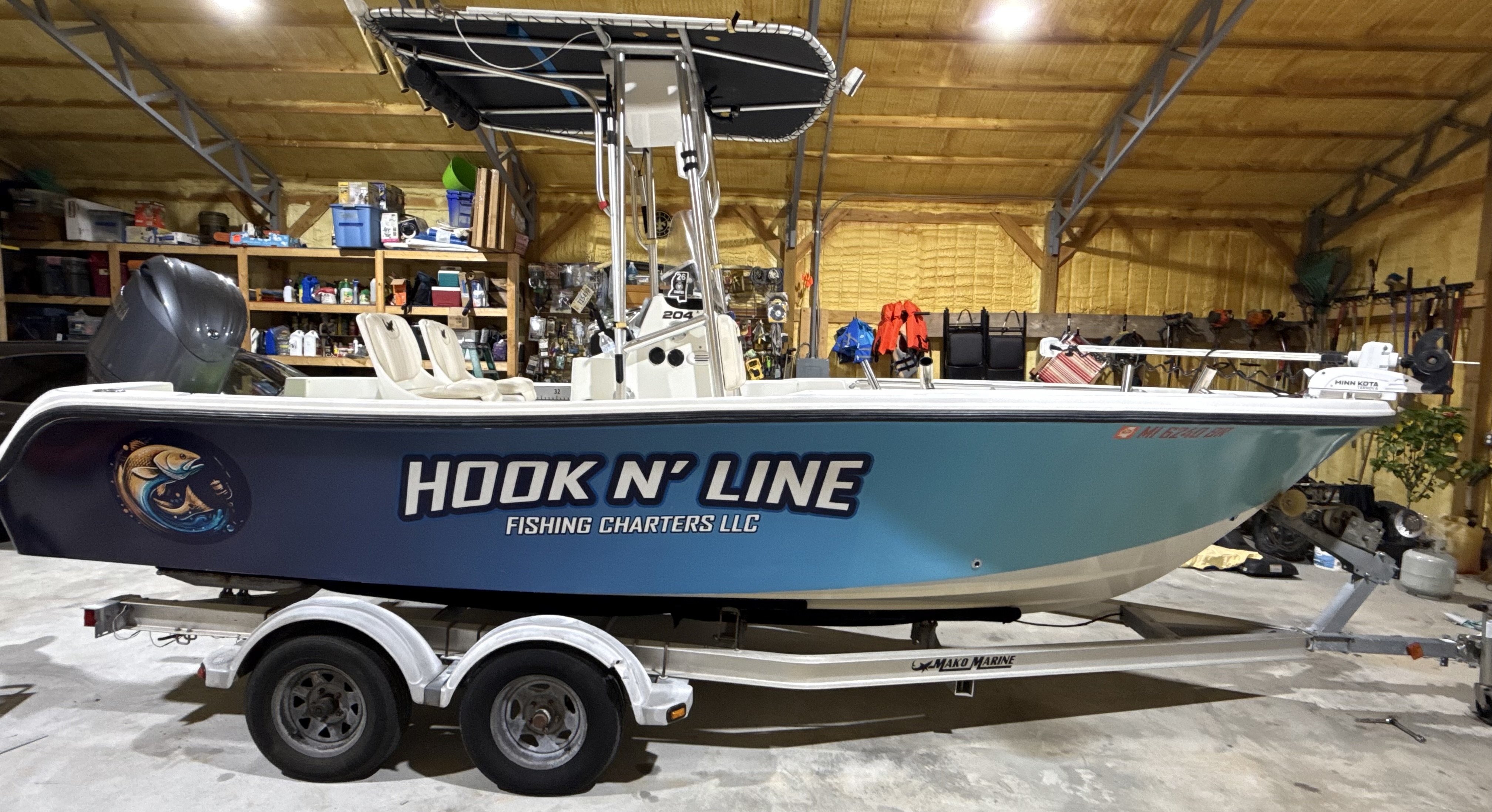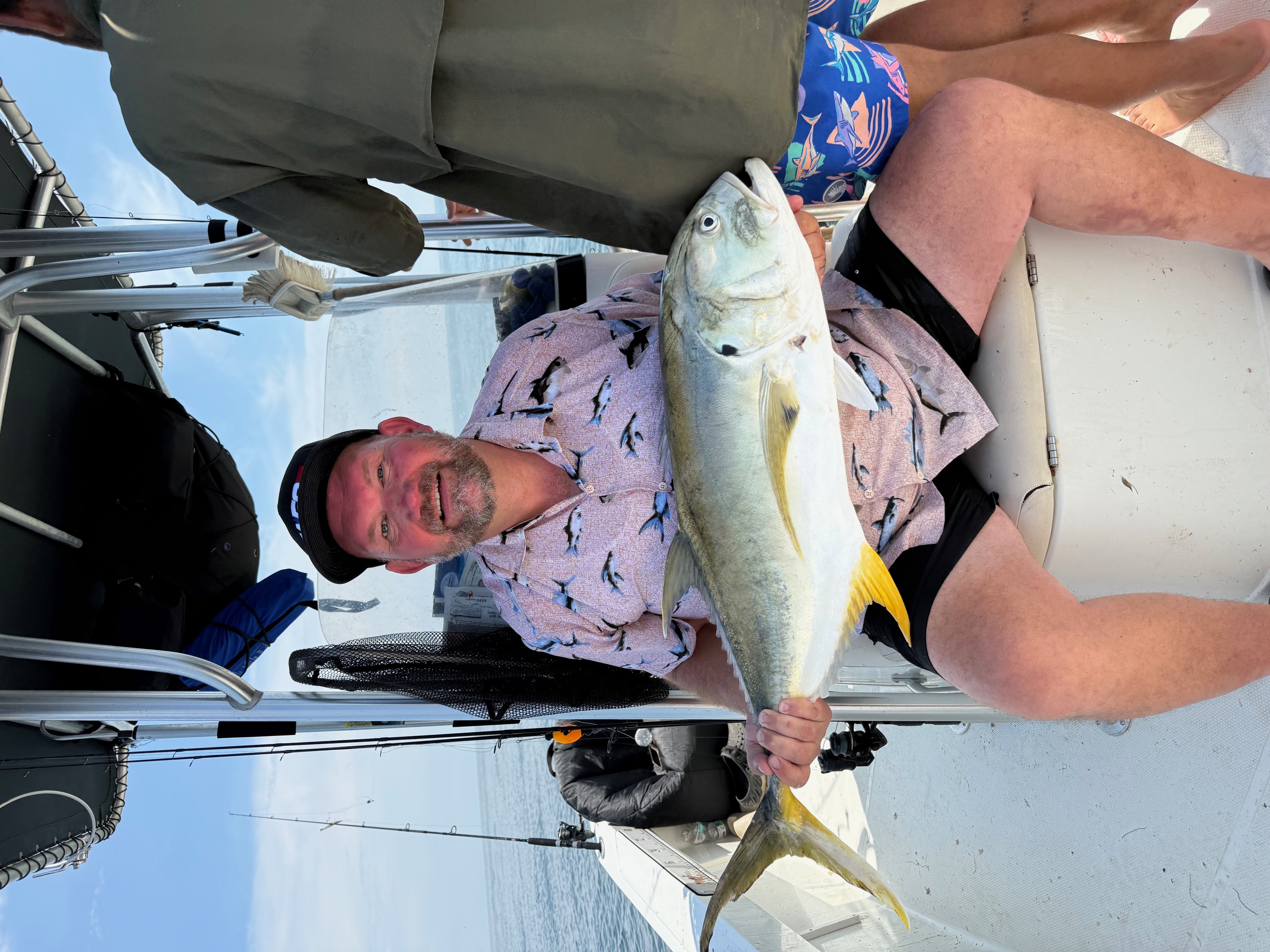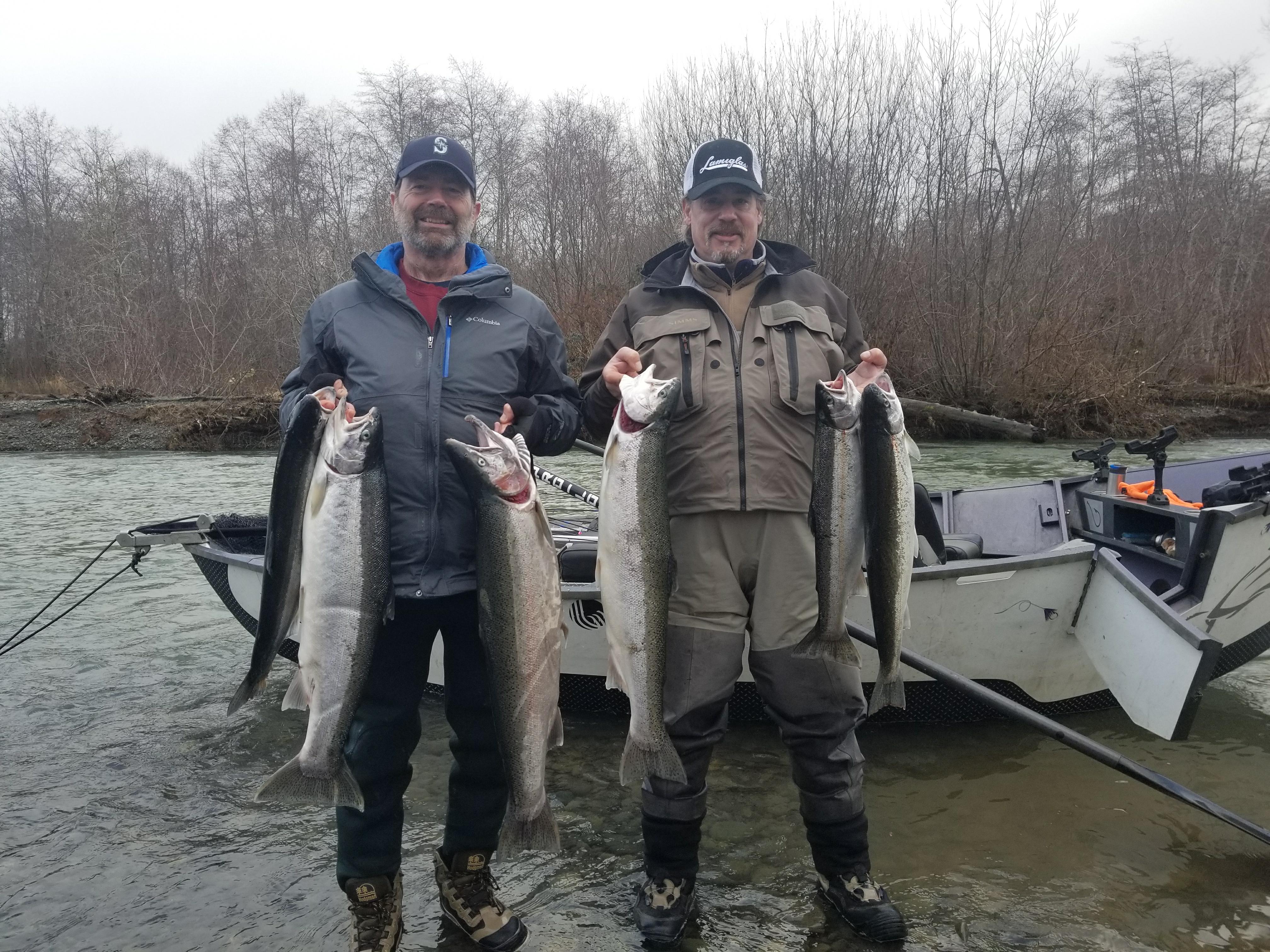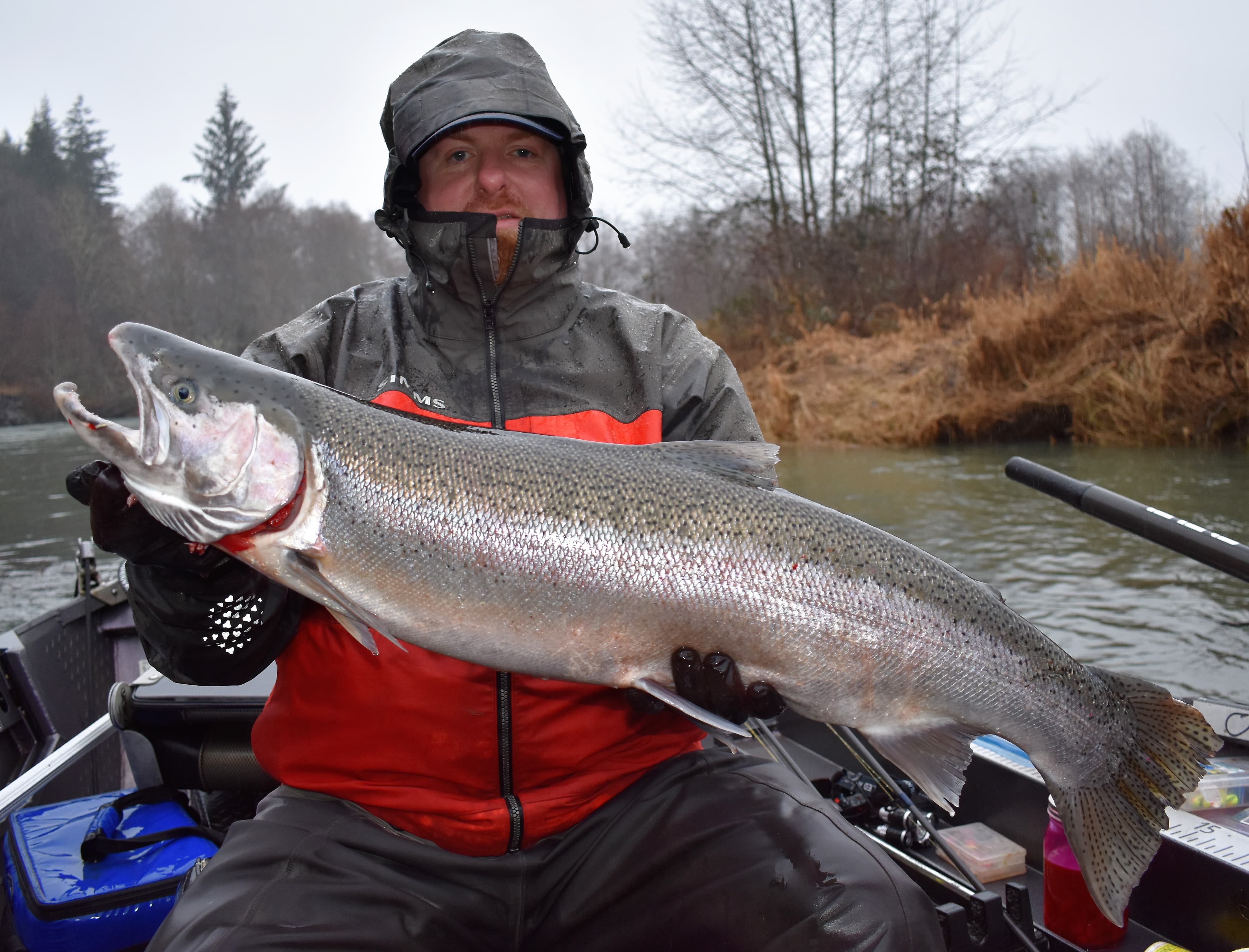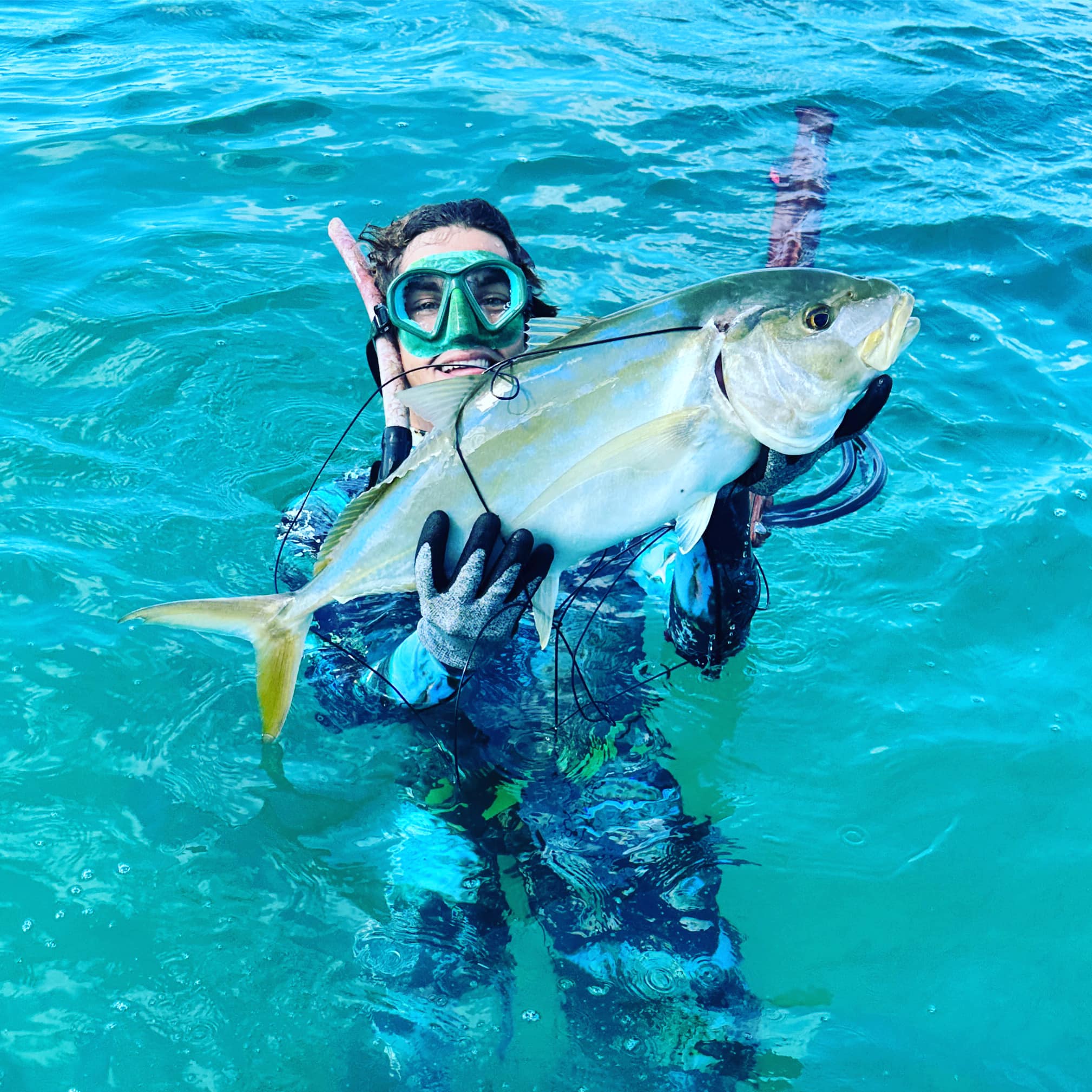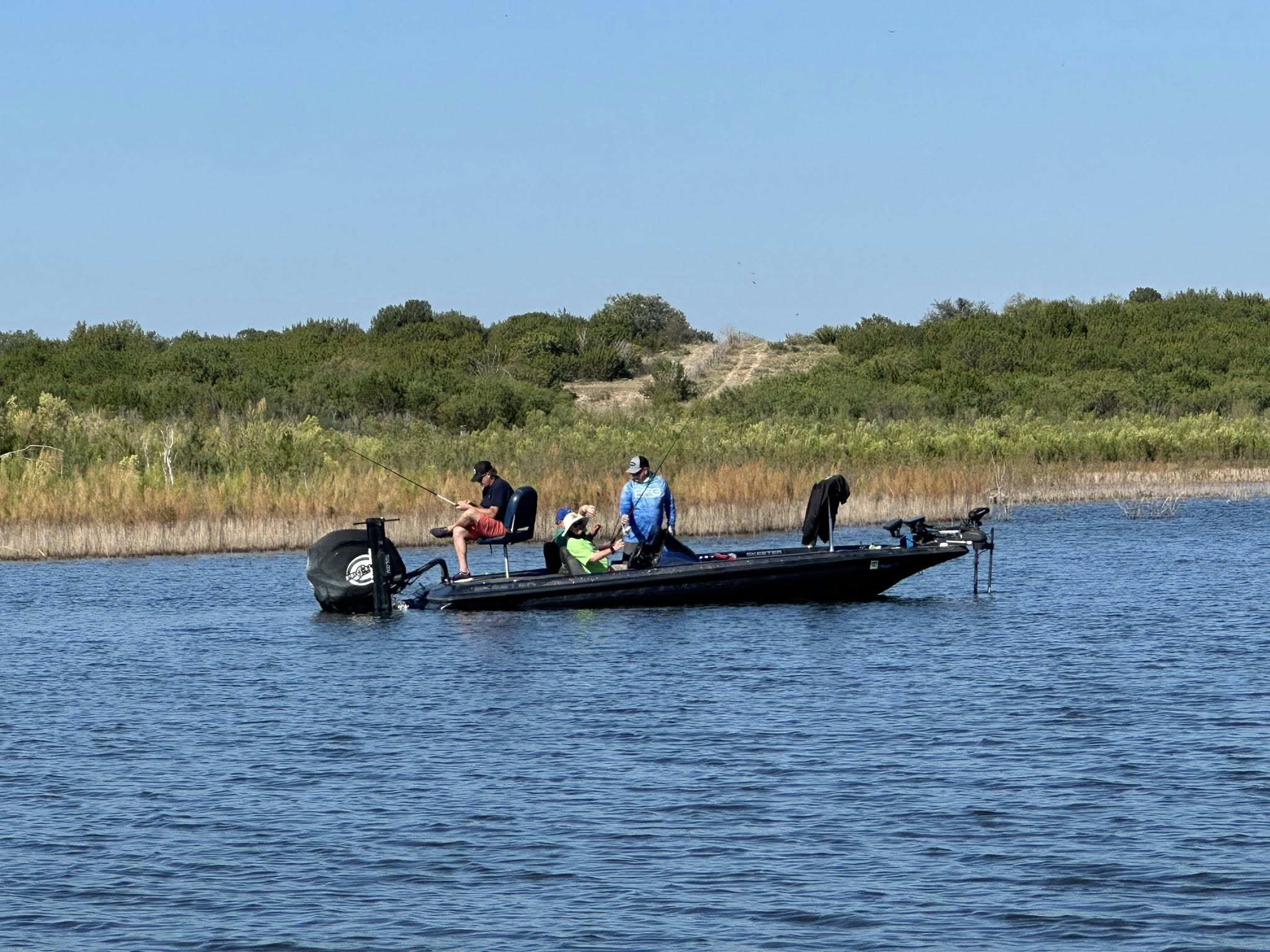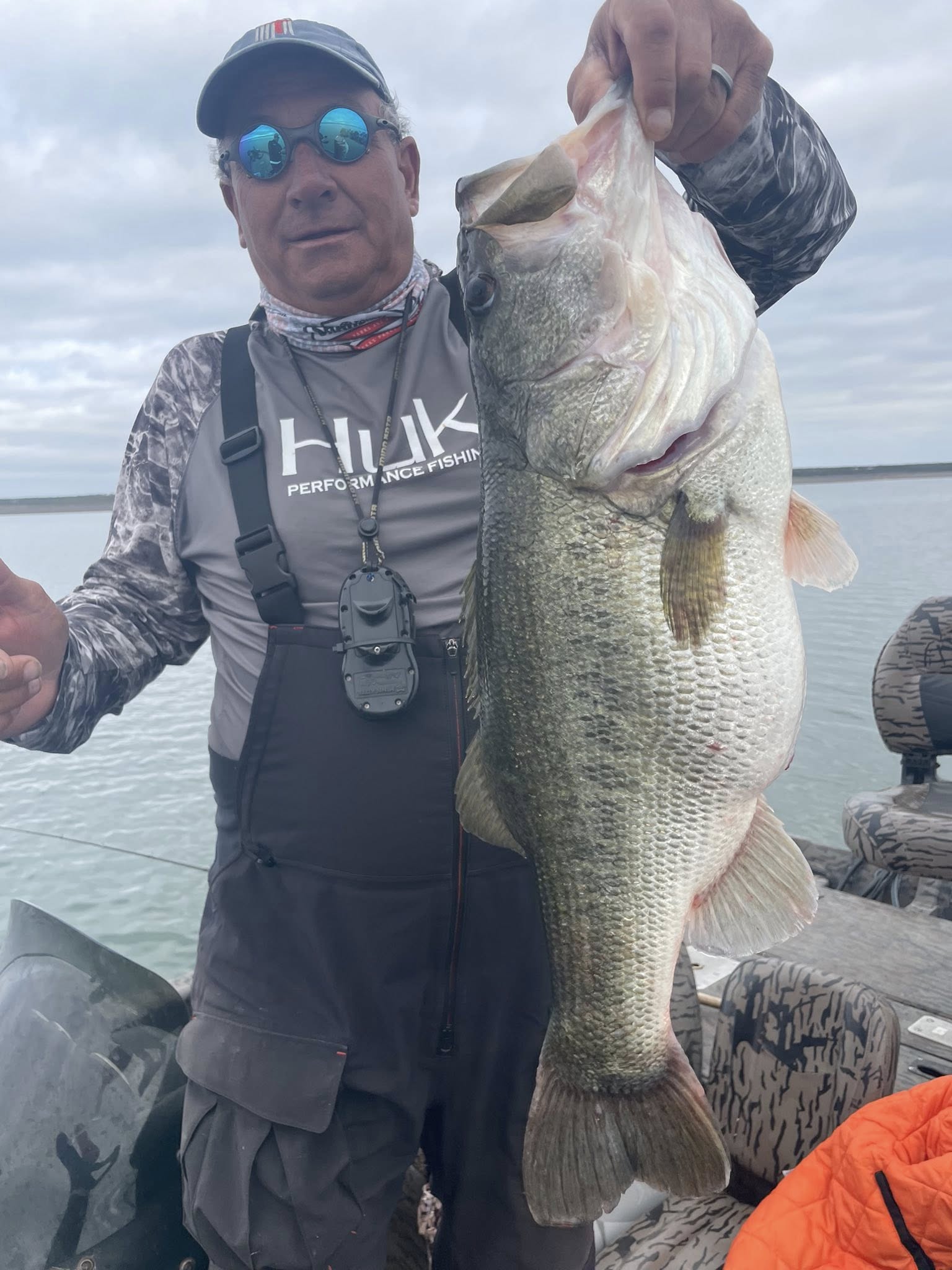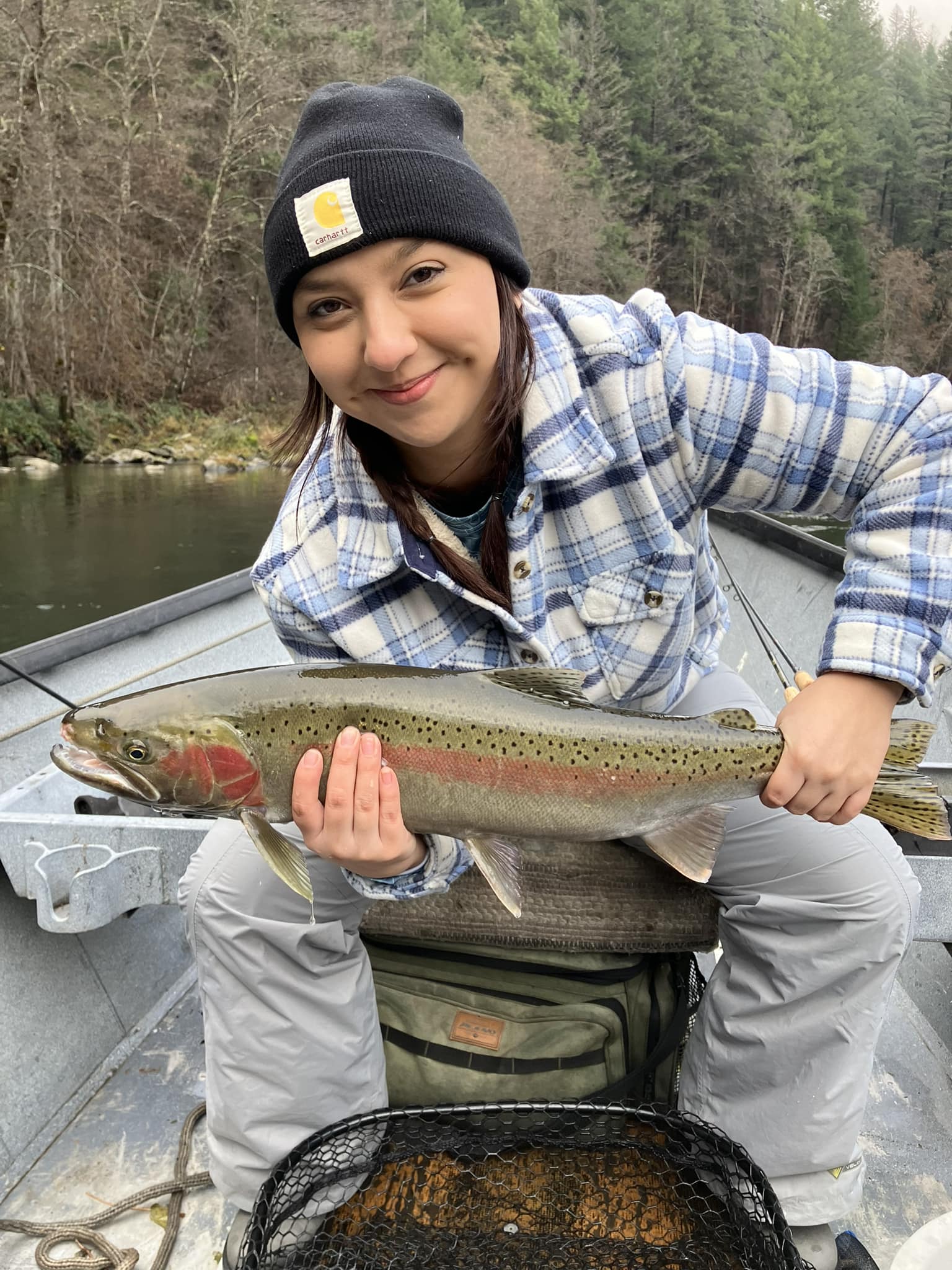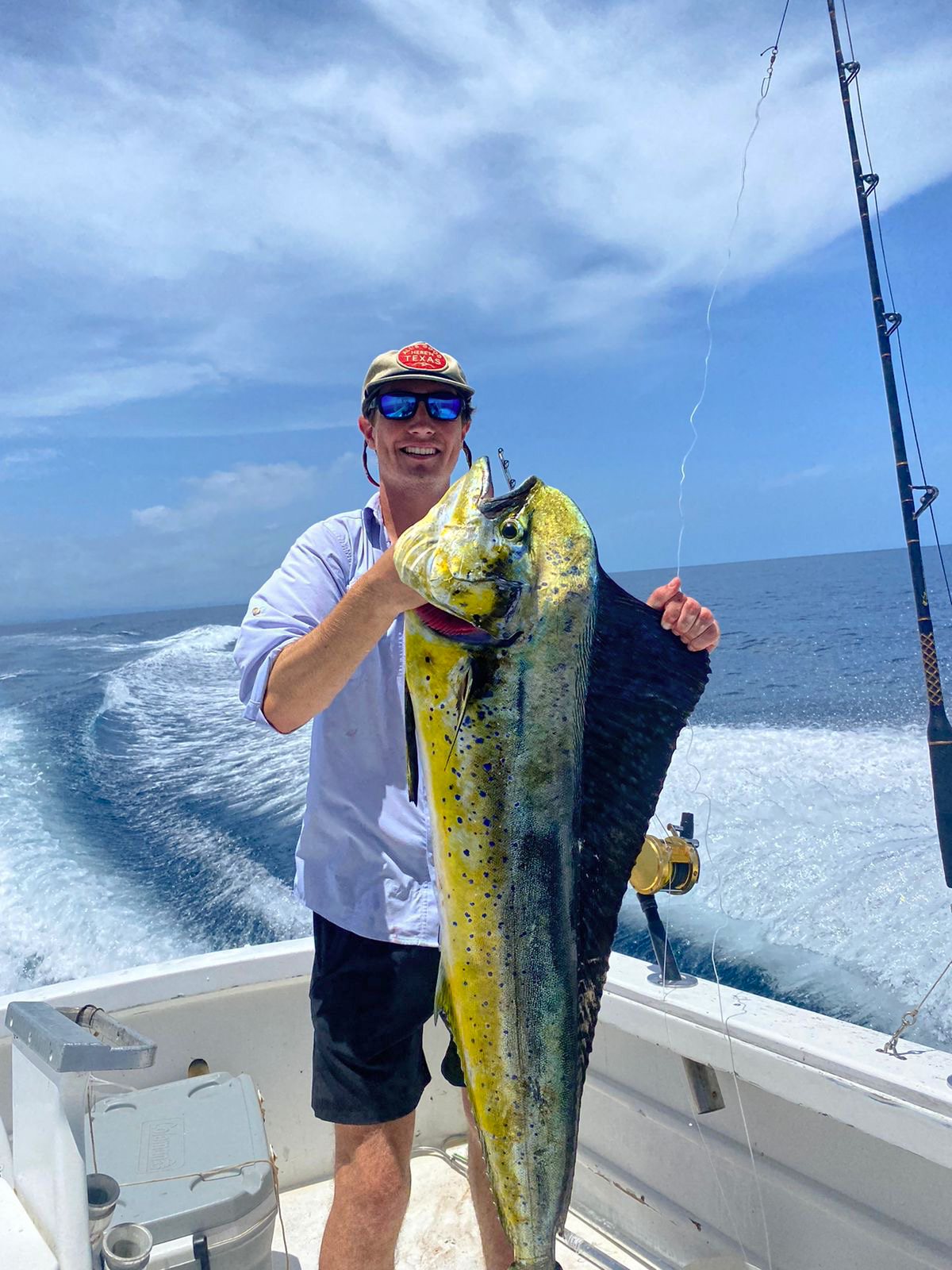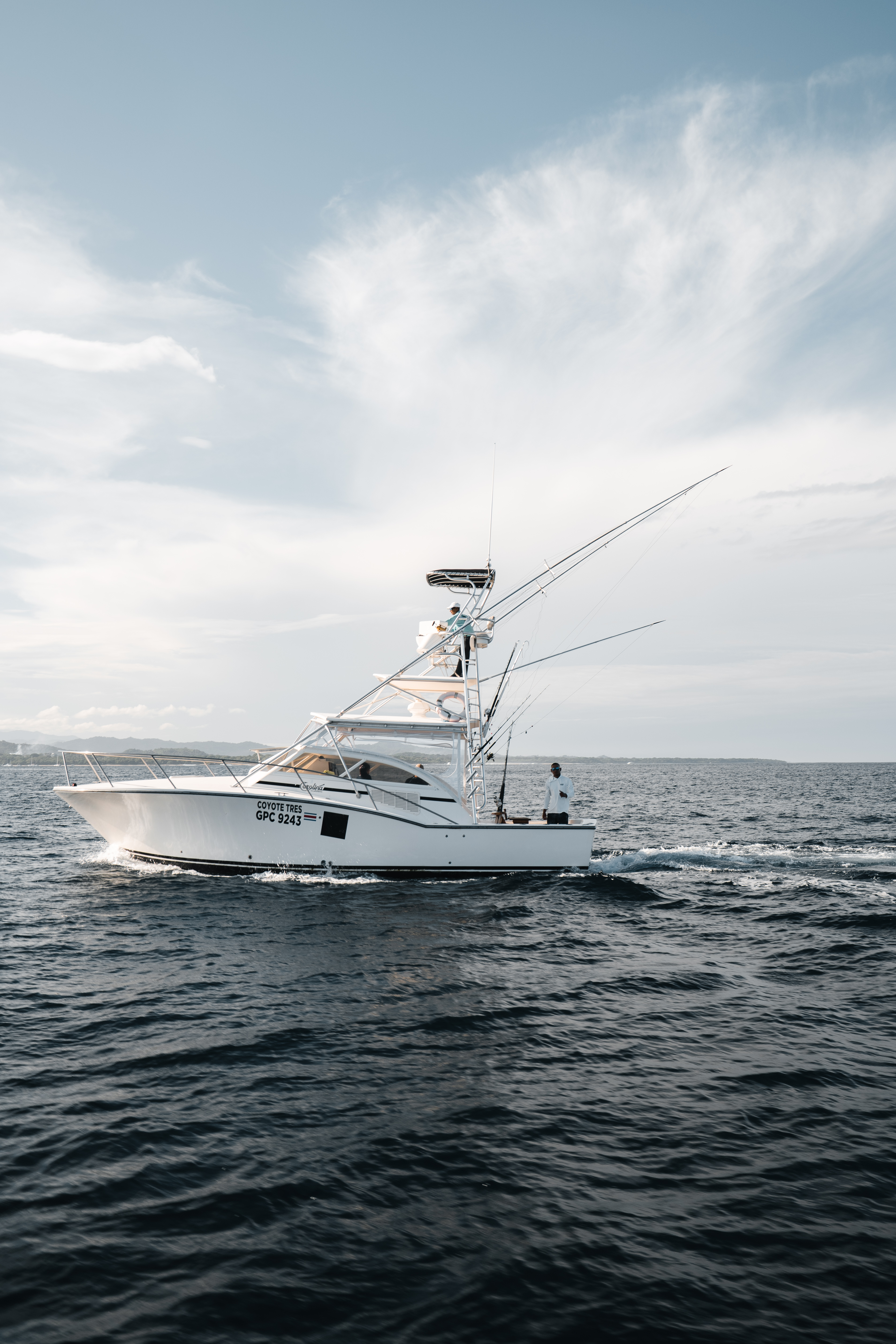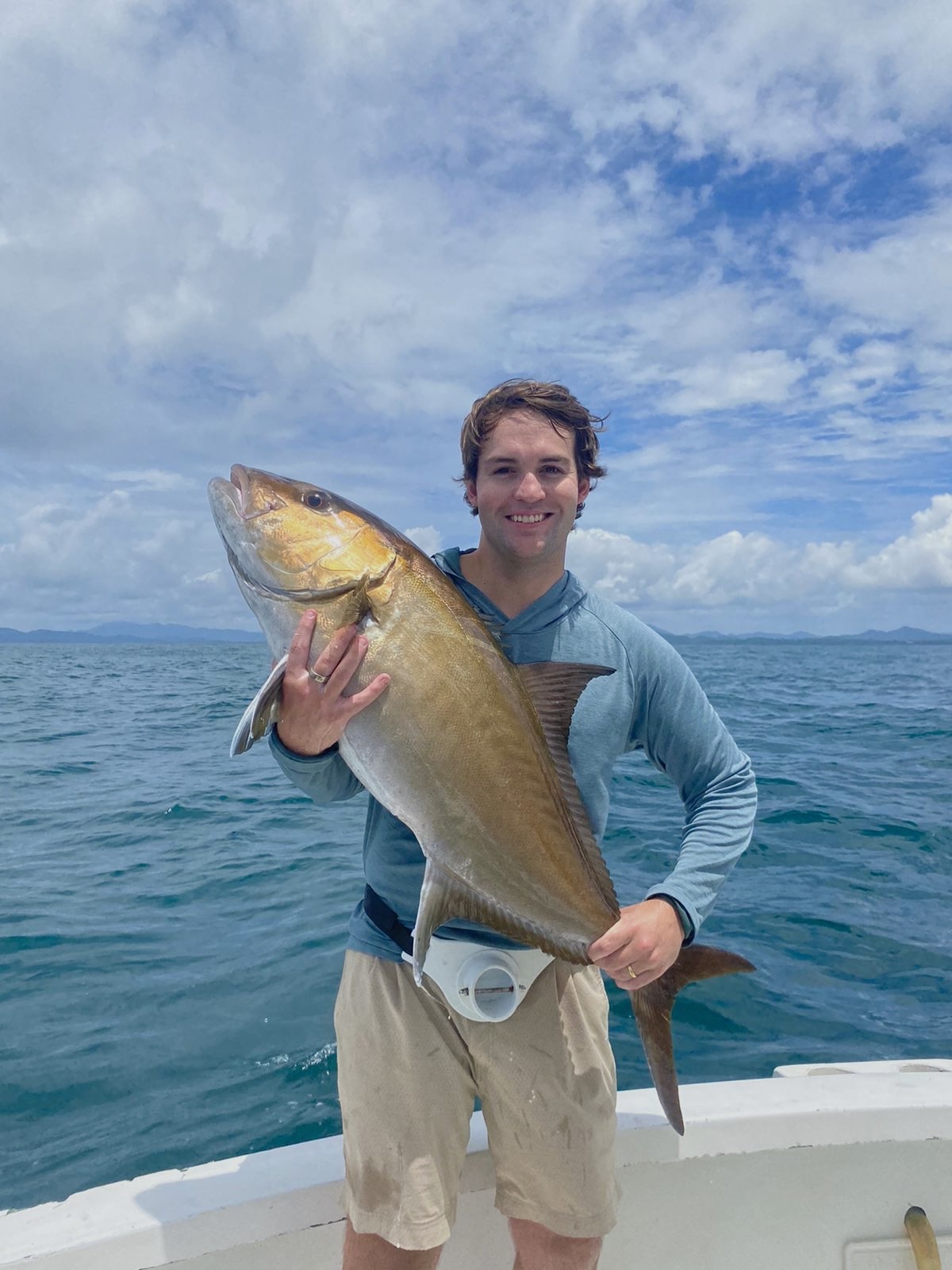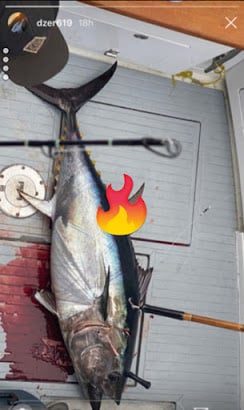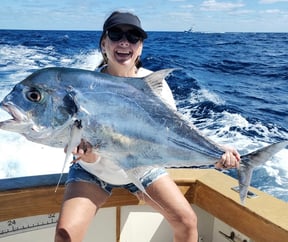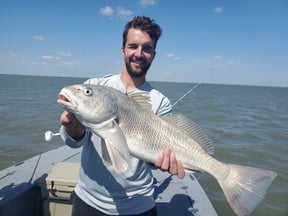Inshore, Nearshore Fishing in Clinton
5HR Trip AM
Inshore, Deep Sea, Nearshore in Tamarindo
27’ Salsa Budget-Friendly Fishing
Inshore, Deep Sea, Nearshore in Tamarindo
31-Foot Gamefish Power Run
Inshore, Nearshore, Flats in Biloxi
Inshore/Nearshore Fishing Charters!
Coastal Winter Steelhead
Spearfishing & Fishing
Bass Fishing Trip
Guided Steelhead Trips
Deep Sea, Nearshore Fishing in Panama City Beach
Red Snapper Re-Open December!
Inshore-to-Offshore Adventure 35ft
We started Captain Experiences to make it easy to book fishing and hunting guides around the world. With over 2,000 Damn Good Guides, our platform makes finding and booking a trip seamless. Head here to check out our trips.
Misconceptions about Fish
We live in a time where there’s more information available to us than ever before but somehow misconceptions continue to linger. Every day scientists discover new things about fish, fishing, and the outdoors as a whole but it’s time to look back and point out where we have it wrong. This installment of fishing misconceptions is about the fish at the heart of our favorite sport and possibly our favorite meals.
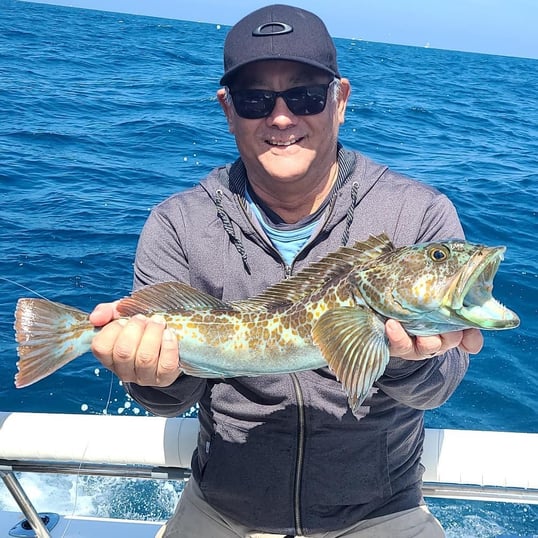
Ling Cod
What are Ling Cod & Black Cod?
The ling cod and black cod live in the deep cool waters of the Pacific Ocean and generally hang out around the continental shelf. These fish have become a popular target of anglers and common protein in restaurants because of their excellent flavor. Even though black cod and ling cod are delicious, the fact remains that neither is a species of cod.
Ling cod also called buffalo cod are a member of the greenling family and the only surviving species in their genus. These fish are brown to olive in color with gray spots scattered across their body. Ling cod can grow to be huge reaching up to 60” long and 130lbs. The name ling cod came from this fish sharing some resemblance with both ling and cod even though they are only distantly related if at all.
Black cod or sablefish are a member of the Anoplopomatidae family and the only surviving species in the genus Anoplopoma. This fish blends into the deep dark waters with a silver belly that transitions to a gray or black back. Black Cod are generally smaller than ling cod reaching a maximum size of 45” long and 55 lbs. The black cod only has one which is the skilfish making the name even more confusing. The FDA ruled that the only acceptable market name was sablefish which was done to prevent confusion among consumers. They also explained that black cod is a regional name and should not be used to identify this fish.
Do Big Baits Catch Big Fish?
This phrase has been around in the fishing community for a long time and is especially popular among bass anglers. The idea that throwing big baits results in catching bigger fish sounds perfectly logical which is a big reason why it still comes up from time to time. Unfortunately, it's not that simple and the logic behind the big bait craze is riddled with flaws.
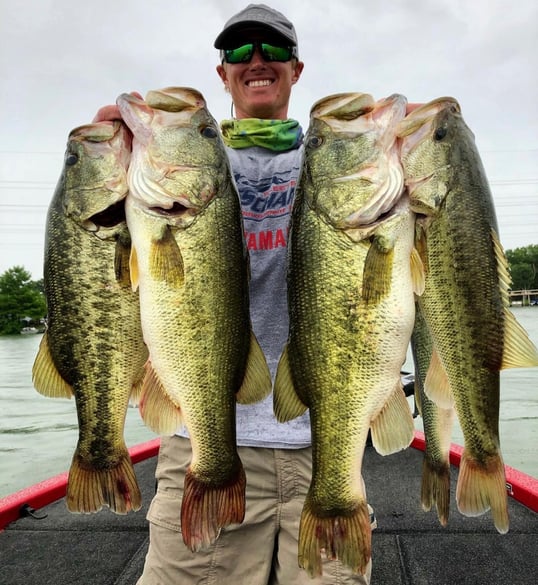
One issue with this theory is that big fish don’t always eat bigger baitfish. If you look at the typical diet of a small bass it’s mostly likely eating threadfin shad, fathead minnows, or something very similar. While a giant bass can and does occasionally feed on larger food like frogs, mice, and even small birds, the bulk of their diet is still small baitfish.
Another problem with this idea is that big fish are extremely aware of their environment otherwise they wouldn’t have lived long enough to get to that size. Throwing large lures disturbs the environment with more noise and vibrations than these fish are used to and is more likely to spook fish than to attract them.
Giant lures if thrown in the right area at the right time will get occasional bites and they will be big fish. meanwhile, if you throw regular-sized lures you will get more bites and probably still hook into the giant fish that are there anyway. By throwing huge lures you exclude all of the other fish that are still a blast to catch and instead limit your opportunities to only the biggest fish.
Everyone loves to catch big fish but it’s better to focus on finding spots that hold larger fish than throwing larger baits. If you want to catch more fish and bigger fish, keep throwing baits that are the same size as the main food source in the area and spend more time on the water.
Trash fish
The term trash fish is used to describe fish that are thought of as undesirable or unfit to be eaten. If you even mention some of these fish almost every angler within earshot will give you a dirty look that is generally followed by unfavorable comments. Things get interesting If you ask around because it’s hard to find anyone who has actually tried them. Most of the fish that land on the trash fish list get there due to a couple of factors and it’s not always because they taste bad.

Many fish end up on the trash fish list because they have unfortunate names that are hard to market to consumers and anglers no matter how hard you try. The classic example of this is the Patagonian toothfish which has a name that is hard to stomach. Nobody would buy this fish which means anglers didn’t want to catch them because they had no value which put them on the list of undesirables. Once a clever fish wholesaler rebranded the fish as Chilean sea bass people couldn’t get enough. The interest in this fish has grown to the point where a fish that was once undesirable and cheap has become incredibly expensive and rare.
Bad looks are also a common reason for fish to end up on the trash list. Freshwater drum and carp are considered trash fish across America and suffer in no small part because of their looks. Carp has always been a popular dish in Europe and Asia but it never caught on in the states. It’s hard to imagine that these two cultures could stomach a fish that Americans simply couldn’t. On the other hand, catfish are not beautiful fish but have somehow managed to bridge the gap and become a long-standing popular food item.
While the label of trash fish is hard to shake, all is not lost. Some fish have been able to clear their name with the Chilean sea bass and triggerfish being prime examples. Next time you are feeling brave, try one of these “trash fish” and decide for yourself if they are fit for your plate.
Joey Butrus
Updated on August 3, 2023

January 19, 2021
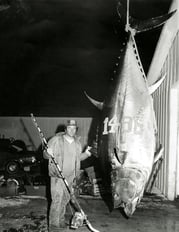
June 3, 2021
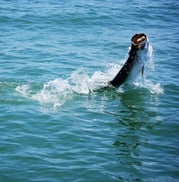
April 15, 2022

May 13, 2024

August 21, 2023
Related Articles
September 11, 2020
June 27, 2023
July 14, 2023
Featured Locations
- Fishing Charters Near Me
- Austin Fishing Guides
- Biloxi Fishing Charters
- Bradenton Fishing Charters
- Cabo San Lucas Fishing Charters
- Cancun Fishing Charters
- Cape Coral Fishing Charters
- Charleston Fishing Charters
- Clearwater Fishing Charters
- Corpus Christi Fishing Charters
- Crystal River Fishing Charters
- Dauphin Island Fishing Charters
- Daytona Beach Fishing Charters
- Destin Fishing Charters
- Fort Lauderdale Fishing Charters
- Fort Myers Fishing Charters
- Fort Walton Beach Fishing Charters
- Galveston Fishing Charters
- Gulf Shores Fishing Charters
- Hatteras Fishing Charters
- Hilton Head Fishing Charters
- Islamorada Fishing Charters
- Jacksonville Fishing Charters
- Jupiter Fishing Charters
- Key Largo Fishing Charters
- Key West Fishing Charters
- Kona Fishing Charters
- Lakeside Marblehead Fishing Charters
- Marathon Fishing Charters
- Marco Island Fishing Charters
- Miami Fishing Charters
- Montauk Fishing Charters
- Morehead City Fishing Charters
- Naples Fishing Charters
- New Orleans Fishing Charters
- New Smyrna Beach Fishing Charters
- Ocean City Fishing Charters
- Orange Beach Fishing Charters
- Panama City Beach Fishing Charters
- Pensacola Fishing Charters
- Pompano Beach Fishing Charters
- Port Aransas Fishing Charters
- Port Orange Fishing Charters
- Rockport Fishing Charters
- San Diego Fishing Charters
- San Juan Fishing Charters
- Sarasota Fishing Charters
- South Padre Island Fishing Charters
- St. Augustine Fishing Charters
- St. Petersburg Fishing Charters
- Tampa Fishing Charters
- Tarpon Springs Fishing Charters
- Venice Fishing Charters
- Virginia Beach Fishing Charters
- West Palm Beach Fishing Charters
- Wilmington Fishing Charters
- Wrightsville Beach Fishing Charters
